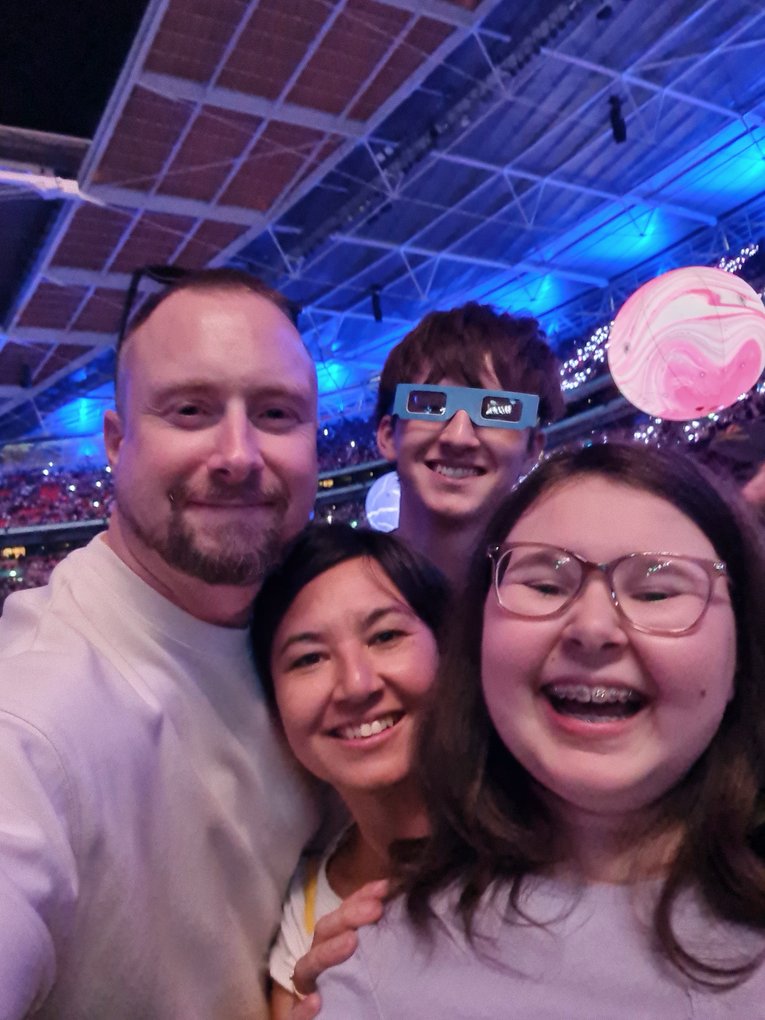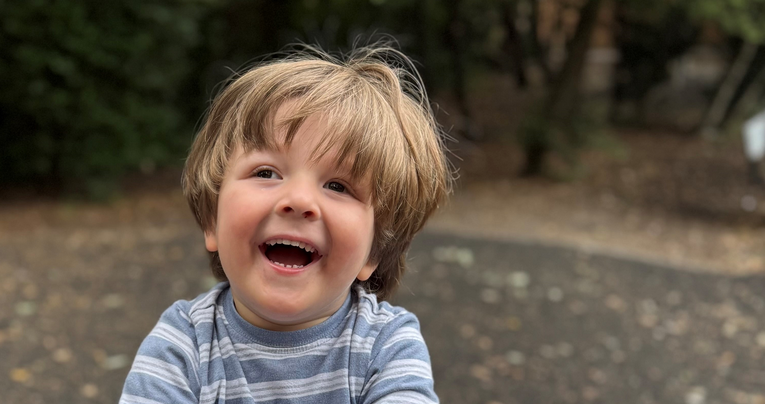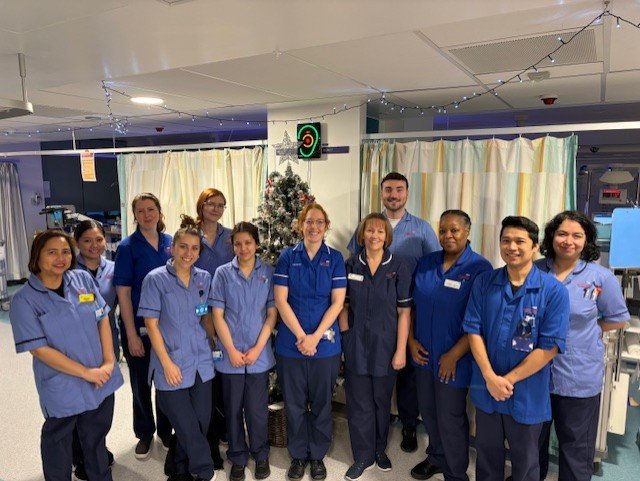
https://www.gosh.nhs.uk/news/reagans-life-changing-spinal-surgery/
Reagan's life-changing spinal surgery
30 Aug 2019, 8:54 a.m.
“Before her spinal surgery, Reagan couldn’t walk straight. She couldn’t wear certain clothes. She was in pain. She’s about to start Year 11 and I hope now, she’ll be able to be more active. I hope that she’ll go on to have a more able and fulfilling life.”Reagan’s mum Cassie shares her daughter’s story:
“In August 2016, we took Reagan to our local hospital after some trouble with her stomach. The doctors gave her some tablets and then x-rayed her abdomen to see how they moved through her digestive system. The same x-ray also revealed that Reagan had a very small curve in her spine. She was diagnosed with scoliosis- a sideways curvature of the spine. We had never noticed it before because it was so slight.
“Reagan’s curve continued to bend, but she wasn’t growing in height. It kept getting worse and worse. Regular x-rays showed that the shape was changing by a large degree every few weeks. Then another curve appeared in a different place, resulting in her spine being shaped like the letter ‘S’. You could see the change in Reagan’s posture, but it also caused her a lot of pain because the curve put pressure on her spine.
“After a year and half of x-rays, our local hospital finally told us that they couldn’t do anything for Reagan. They didn’t have the expertise or experience to treat the curvature, so they referred us to Great Ormond Street Hospital (GOSH). At this point, Reagan was already under the care of GOSH for her growth hormone deficiency and because she struggled to put on weight. I felt really confident in the fact that they’d be treating her scoliosis as well.”
Specialist treatment at GOSH
“Initially, Reagan’s consultant suggested we try bracing. She wore a plastic torso brace 20 hours a day for 18 months. It was awful for her. As well as the pain, her spine pushed against her stomach, which made it hard for her to keep down food. The hope was that it would stop the progression and stop new curves from forming, but it wasn’t quite as effective as we hoped. And because Reagan’s curve was so significant, being more than 40 degrees, the next step was for her to have spinal surgery.
“The procedure she had is called a posterior spinal fusion. It involves the spine being pulled straight and then held in position by rods and pins. It’s amazing, but having such invasive surgery is a big deal. It’s risky. I felt sick about it – petrified. Reagan was in theatre for six hours, which felt like a lifetime. Looking back, I don’t have many memories from that day. It’s all a bit of a blur. After the operation, she was moved the High Dependency Unit for 24 hours and then to Sky ward, where we stayed for six days.”
“Our experience of GOSH has been really positive – from when we first arrived, right until we were able to come home. Even though we spent a lot of time in our local hospital when Reagan was first diagnosed, GOSH is really the only hospital she remembers. The staff were always very caring, and everything was explained in such great detail. We had a dedicated member of staff as out point of contact the whole time and we built really good relationships with them. And the whole team put us at ease when Reagan's operation day came. Everyone was great!”
Recovering and the future
“Reagan’s recovery will be long –a full year –but we’re hoping that after this, she won’t need any additional surgery. So far, she’s doing really well. She’s up and walking, which is fantastic. Though, there are limitations on the amount of exercise she can do, which is a challenge for her. She is desperate to get on a trampoline and some fairground rides.
“Before the surgery, Reagan couldn’t walk straight. She couldn’t wear certain clothes. She was in pain. She’s about to start Year 11, I hope that now, she’ll be able to be more active. I hope that she’ll go on to have a more able and fulfilling life.”
Taking part in Paul O'Grady's Little Heroes
“Taking part in the programme and getting to meet Paul O’Grady was a great opportunity. And it was really good for Reagan. It was a positive element of what has been a very difficult journey for her. It gave her something different to focus on and she absolutely loved it.
“I also didn’t think she would have had such a good recovery after her surgery. The pain was so bad it would cause her to vomit or cry. But when the cameras and Paul O’Grady were there, she would sit up and focus on telling her story. I think she did great!"


Great Ormond Street Hospital joins the Circular Economy Healthcare Alliance (CEHA)
By joining CEHA, Great Ormond Street Hospital reaffirms its commitment to ‘do no harm’—not only to our patients, but to the environment and future generations.

‘Ready-made’ T-cell gene therapy tackles ‘incurable’ T-Cell leukaemia
A groundbreaking new treatment using gene-edited immune cells, developed at GOSH and UCL has shown promising results in helping children and adults fight a rare and aggressive cancer

NHS genetic testing gives ‘power’ to families with rare conditions
A new study has shown that whole genome sequencing, now offered as part of NHS care, allows children with rare conditions to access the right care faster.

GOSH Neonatal teams excelling in family-centred care
GOSH NICU has been awarded Bliss Baby Charter Silver Accreditation - a prestigious recognition of excellence in family-centred care.

